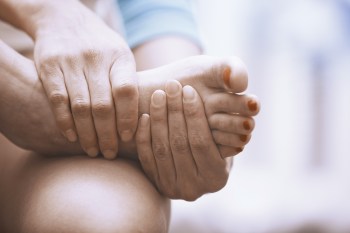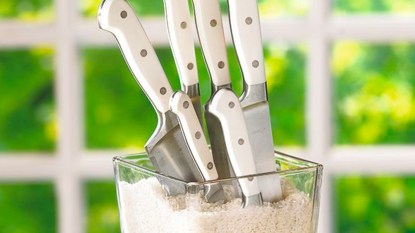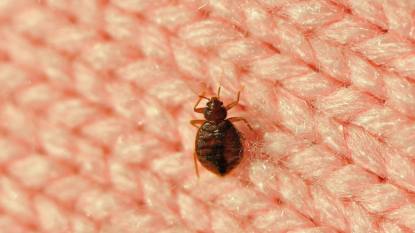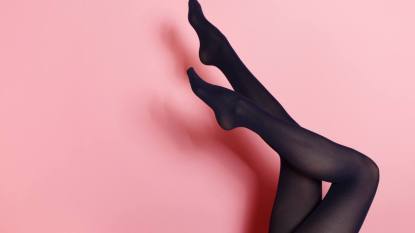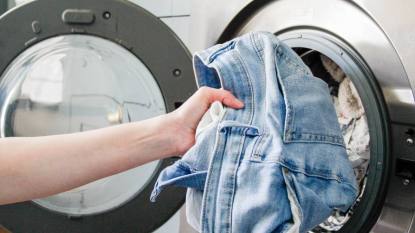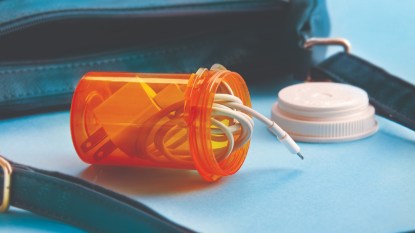14 Eco-Friendly Cleaning Hacks for Each Room in Your Home
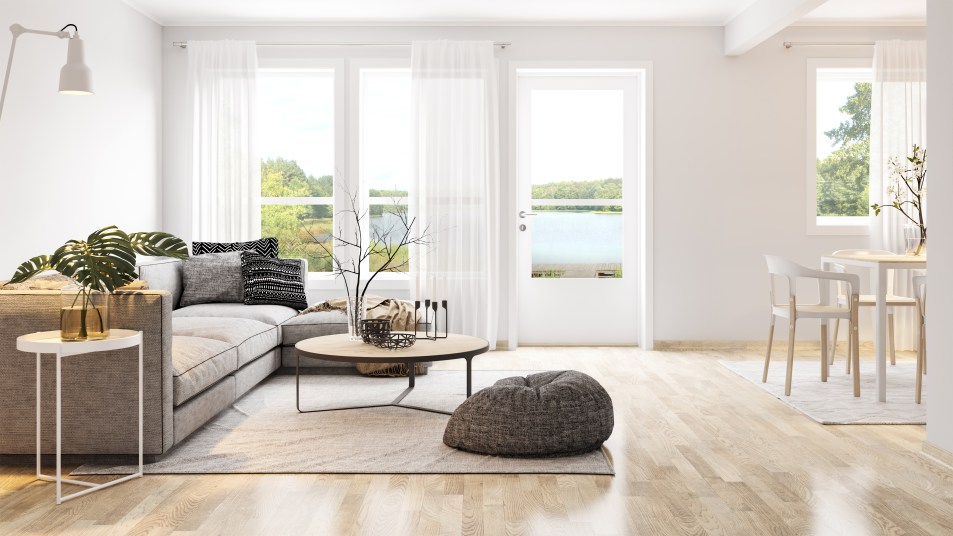
More and more Americans are ditching chemical-laden cleaning products in favor of natural alternatives in the pursuit of a healthy home.
Whether you make your own natural cleaning solutions using ingredients like vinegar, baking soda, and essential oils or you swear by a particular product range, knowing what ingredients and natural solutions work best on particular surfaces will ensure you get the best results from your eco-friendly cleaning products.
While there are plenty of old-fashioned cleaning tricks that actually work, like using vinegar to clean windows and mirrors, there are also plenty of old wive’s tales that are exactly that — tales.
Here, we list our favorite eco-friendly cleaning tips, hacks, and product suggestions for removing stubborn stains, mold, grease, and grime without the need for harsh chemicals. You might just be surprised by how effective these all-natural cleaning methods are.
Laundry
Prevent Mold and Dampness: “Mold and dampness can be the issues here, so keep your laundry area clean and dust-free with regular wipe-downs, and don’t forget to wipe out the inside of the washing machine. Water-based solutions containing some essential oils like lemon or peppermint are excellent antiseptics. Clean and rinse any washing machine filters regularly.” – Jessica Bragdon, Co-founder of Koala Eco
Clean Musty Towels: After visiting the pools, beach, or gym, get your soiled towels smelling fresh again by adding 1⁄2 cup of baking soda to the rinse cycle.
Whitening Whites: Add 2 tbs. of baking soda to your regular liquid laundry detergent to refresh whites and reduce yellowing.
Kitchen
Countertops: “For a natural, non-toxic cleaner for countertops, add old citrus peels to vinegar, baking soda, and water. There are also plant-based antimicrobial and antibacterial multi-purpose products available which can clean everything from the inside of fridges to kitchen cupboards and microwaves, kids’ lunchboxes, whatever.” Jessica Bragdon
Natural Scrubbing Powder: Combine equal parts baking soda and salt to make a tough scouring powder which can be used to scour sinks and chopping boards.
Shiny Appliances: “If your metal appliances are in need of a revival, give them a quick and inexpensive shine with your used dryer sheets. Experience the antistatic properties of dryer sheets and combat dust build-up with these multiuse wonders by running dryer sheets over the surfaces of your home.” – Elke Keeley, UrbanYou co-founder
Microwave Magic: To clean a microwave oven, add four tablespoons of lemon juice to one cup of water in a microwave-safe bowl. Boil for five minutes in the microwave, allowing the steam to condense on the inside walls of the oven. Then wipe them with a soft cloth.
Living Room
Furniture and Blinds: “Wipe wooden blinds with a damp cloth, warm water mixed with mild dish soap is safe for metal and vinyl blinds. Olive or coconut oil and lemon on an old cloth for polishing the wooden furniture is a great natural option and easily accessible from the pantry.” – Jessica Bragdon
Upholstery Cleaner: Fill a mesh strainer with baking soda, sprinkle the powder through the mental strainer, and onto your upholstery. Using a soft brush, work the powder into the fabric, leave overnight, and vacuum thoroughly
Marker Stains: Got a little Picasso at home? If — ahem — someone has drawn on your leather lounge in pen or marker, rub it off with a small amount of eucalyptus oil.
Oil Stains: An enthusiastic pasta dish can leave linen, clothes, and couches splattered with tough-to-remove oil stains. Save your materials with this simple guide to removing oil stains from clothes, tablecloths, and napkins using nothing but baking soda.
Bathroom
Drain Cleaner: Mix 1⁄4 cup baking soda with 1⁄4 cup salt, pour the mixture down the drain. Follow with at least 1 liter of boiling water. Leave for a few minutes. Then flush through with hot water from the tap for a few minutes.
Mold Killer: Getting rid of mold in your home depends on finding and treating the sources of moisture. To clean non-porous surfaces, Naturopath Nicole Bijlsma from Building Biology suggests using a solution of 80 percent white vinegar to 20 percent water. For porous surfaces, like untreated timber, use a 70 percent alcohol solution.
This article originally appeared on our sister site Homes to Love.


